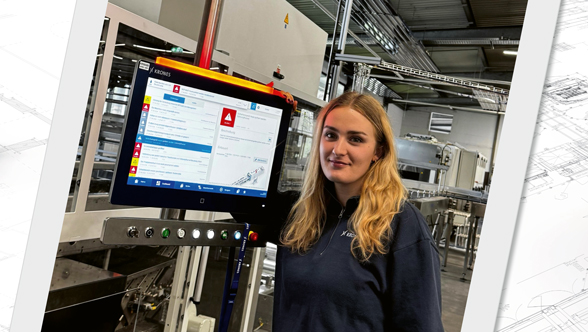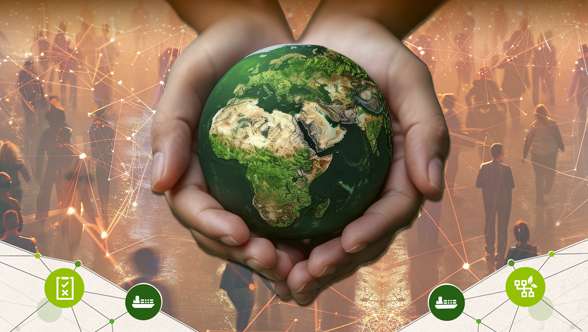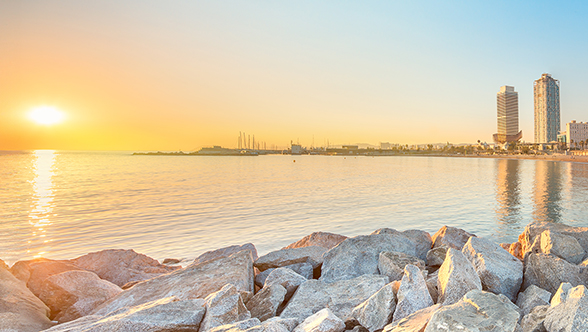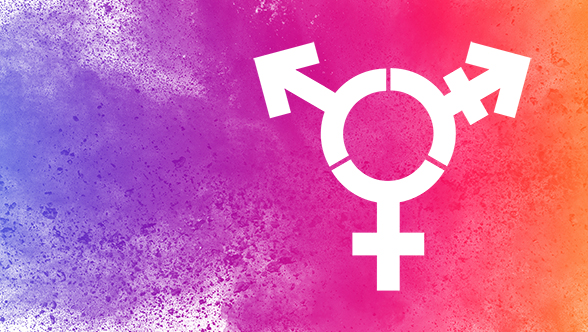Water is the basis of all life on Earth, which makes it one of our planet’s most valuable resources. Whether it’s used as drinking water, as a raw material for consumer products or for industrial cleaning and secondary processes, large amounts of water are needed and consumed.
Some insights into the interaction between water, our natural environment and industry
Water leaves behind traces
Wherever water flows, there is visible evidence of it. That does not only refer to deep canyons, flooded fields or lush green meadows. The water footprint of every single producer in our sector has an impact on our natural environment and humankind. And that is exactly why it is crucial to minimise that impact and use water responsibly.
As far as water protection is concerned, many producers rely on calculating their own water footprint and set themselves appropriate reduction targets – in some cases quite ambitious ones for regions suffering from water shortage. But what exactly does this water footprint mean? To put it in a nutshell: It shows the entire water volume that a company uses in its production operation. In this way, potential environmental impact in connection with water can be identified and corresponding measures taken.
Saving water at our customers’ facilities – and at our own plants
The tools we need for that are included in our portfolio: For instance, Krones offers technologies for treating water and for recycling wastewater into process water. Our sustainability experts even put the water balance of entire factories under the microscope as part of a consultancy project and develop specific solutions, mapping out how consumption levels can be reduced on a lasting basis.
Needless to say, the same applies to our own processes. Under its sustainability strategy, the Krones Group has committed to reducing its water consumption levels by ten per cent from 2020 to 2030.











